We've all been there — using Google Maps for navigation and waiting for the app to find our location. As we drive around, we keep hoping it will get a lock in time to make the next turn. Well in the US, we finally have a solution to this problem, and it's the OnePlus 7 Pro.
The OnePlus 7 Pro is the first US phone to include dual-frequency GNSS (sometimes called dual-band GPS). With this new tech, the 7 Pro can pinpoint your location down to the lane, not just the street. This technology has been available since 2017 and has made its way into a handful of phones, none of which released in the US. But with the OnePlus 7 Pro, Americans can now benefit from the precise tracking of dual-frequency GNSS on a phone that's even $300 cheaper than most flagships.
What Exactly Is Dual-Frequency GNSS?
As you know, your phone can track your position using Global Navigation Satellite Systems (GNSS). In the US, this is synonymous with GPS.
Most existing phones use a single-frequency GNSS. Using a single radio signal, your phone is tracked by satellites, determining your position for everything from navigation to e-commerce apps. But while a single signal does well in an open area, it can be bounced around by large objects such as buildings. The result of this bouncing is a drop in position accuracy ,which can go a low as 16 feet (5 meters). This is why, in cities, you'll find Google Maps navigation is a bit more challenging to use, sometimes placing you several streets away from your actual position.
As the name implies, dual-frequency solves this problem by doubling the radio signals. Instead of a single radio frequency, your phone is using two. This means if accuracy drops on one frequency due to interference, there's a backup frequency to maintain a steady connection to the satellite.
With this increased reliability, dual-frequency phones can track your position to a radius of 11.8 inches (30 cm) relative to your actual position, which translates to turn-by-turn directions knowing exactly where you are down to the specific lane you are driving in, resulting in fewer mistakes and fewer time spent with your navigation app "recalculating route."
Currently, dual-frequency GNSS is available for three satellite navigation systems: GPS, Galileo, and QZSS. GPS is a system created and maintained by the United States government, which is used primarily when traveling in America. Phones which support dual frequency for GPS would use L1 and L5 signals.
Galileo is the European Union's version and it works throughout Europe. It uses E1 and E5 when on dual frequency. QZSS (or Quasi-Zenith Satellite System) covers Japan and the Asia-Oceania region with dual frequency using L1 + L5.
Why the OnePlus 7 Pro Is Such a Rarity Here
Android introduced official support for dual frequency GNSS in Android 8.0 Oreo. Companies such as Broadcom even launched a dual-frequency chip (the BCM47755) in 2017, which supported all three satellite navigation systems with dual frequency. While Broadcom stated their chip would be used in 2018 smartphones, none of these phones where US-bound.
Until OnePlus announced the 7 Pro, the only phones that supported dual-frequency GNSS were the Xiaomi Mi 8, Xiaomi Mi Mix 3, Huawei Mate 20, Mate 20 Pro, Mate 20 X, Mate 20 RS, P30, and P30 Pro. While you can buy the Huawei P30 series from B&H, it is the international version, which means it lacks a US warranty. So now, Americans have their first real option in the OnePlus 7 Pro.
The OnePlus 7 Pro supports both GPS L1 + L5 and Galileo E1 + E5, making it the first US phone to do so. It does lack QZSS dual-frequency support (it doesn't support the QZSS navigation system at all), but typically this GNSS isn't found in Android-based smartphones released in the US anyway.
All of this means users traveling in the US and Europe need not to worry about cities and large buildings interfering with navigation accuracy, as their phone will precisely track them throughout their journey. And the OnePlus 7 Pro also supports most of the other major satellite navigation systems, including GLONASS and BeiDou, ensuring your phone can locate you no matter what country you are in.
When you take into account all that the OnePlus 7 Pro is offering, how you can look elsewhere? With up to 12 GB of RAM, 256 GB of storage, a Qualcomm Snapdragon 855 SoC, the 90 Hz 6.67 QHD+ Fluid AMOLED display, and an MSRP of $669, there simply isn't a phone that matches its price-to-spec ratio. And with it offering something no other US smartphone includes in dual frequency GNSS, it's providing even more value.
- Follow Gadget Hacks on Pinterest, Reddit, Twitter, YouTube, and Flipboard
- Sign up for Gadget Hacks' daily newsletter or weekly Android and iOS updates
- Follow WonderHowTo on Facebook, Twitter, Pinterest, and Flipboard
Cover image via MKBHD/YouTube





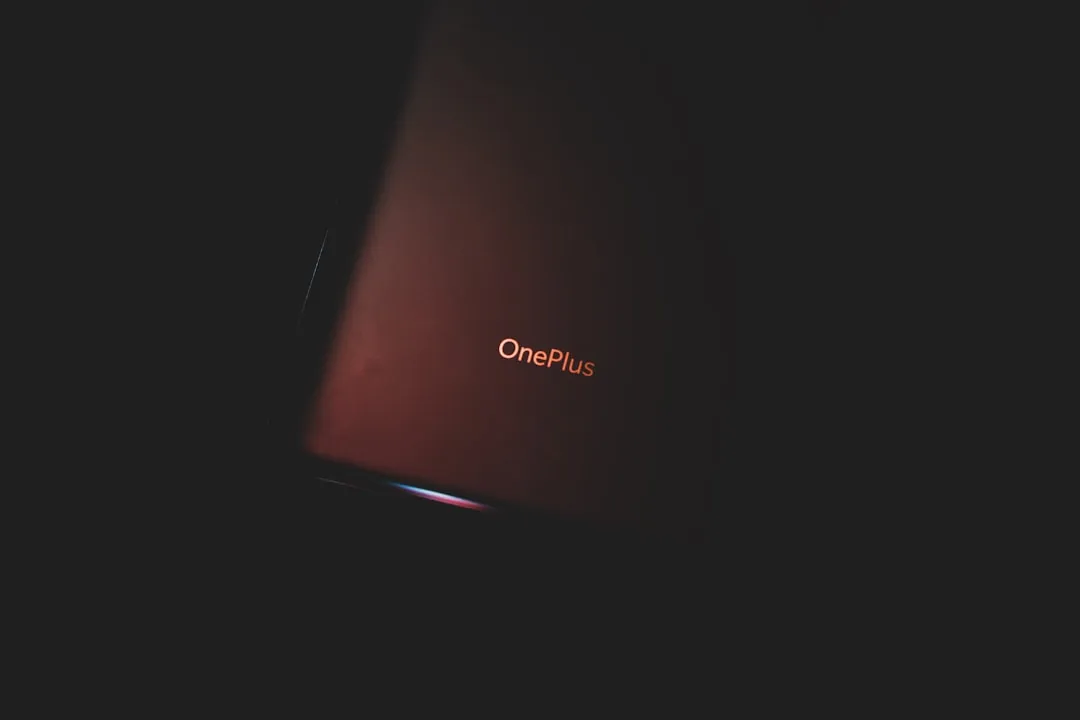

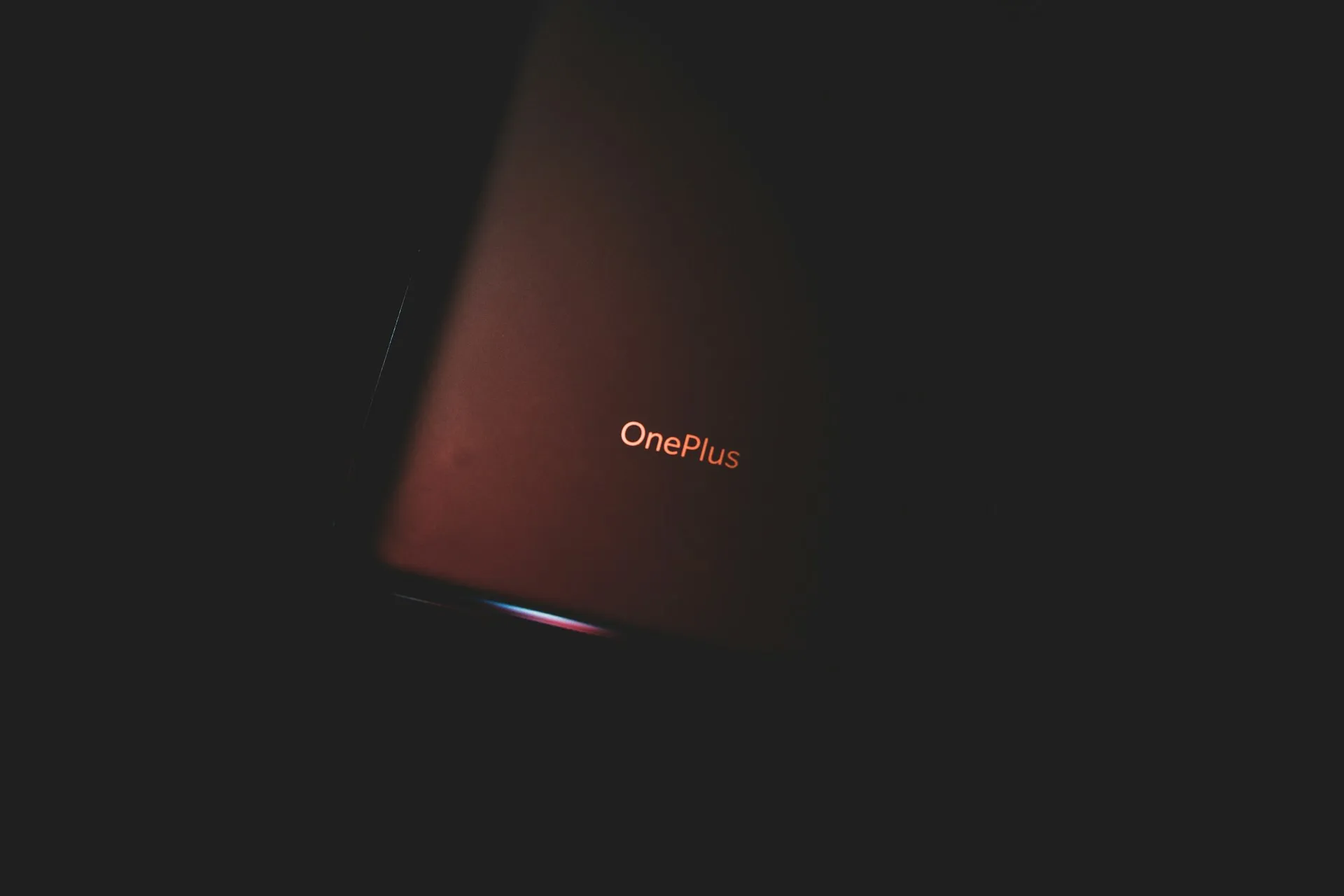

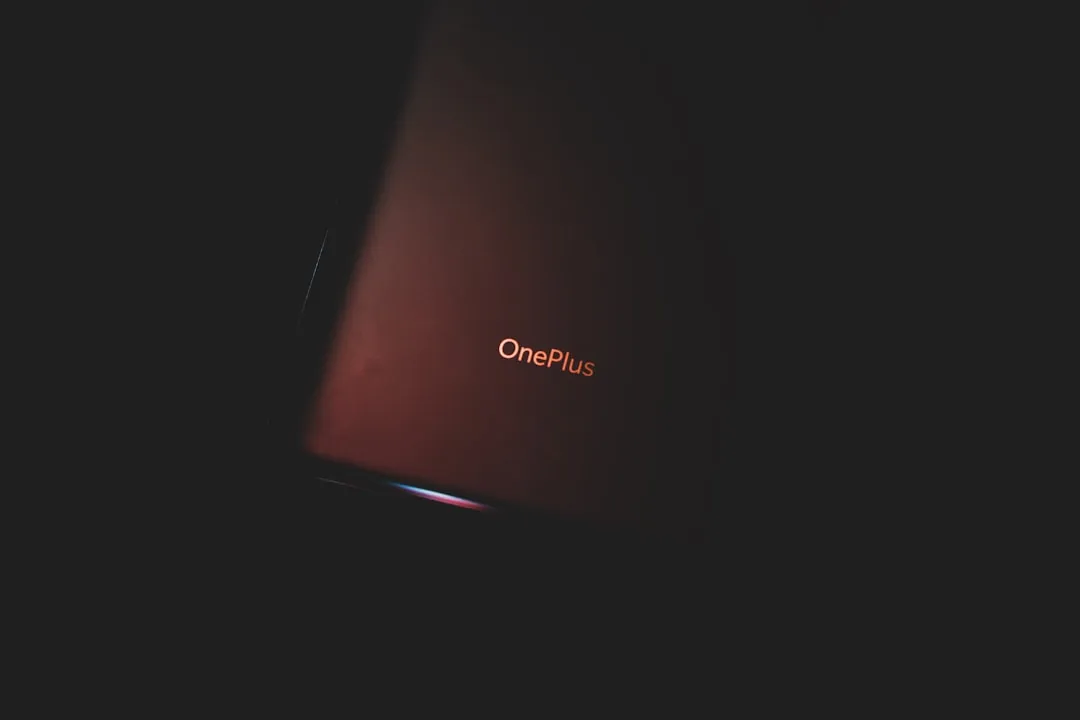

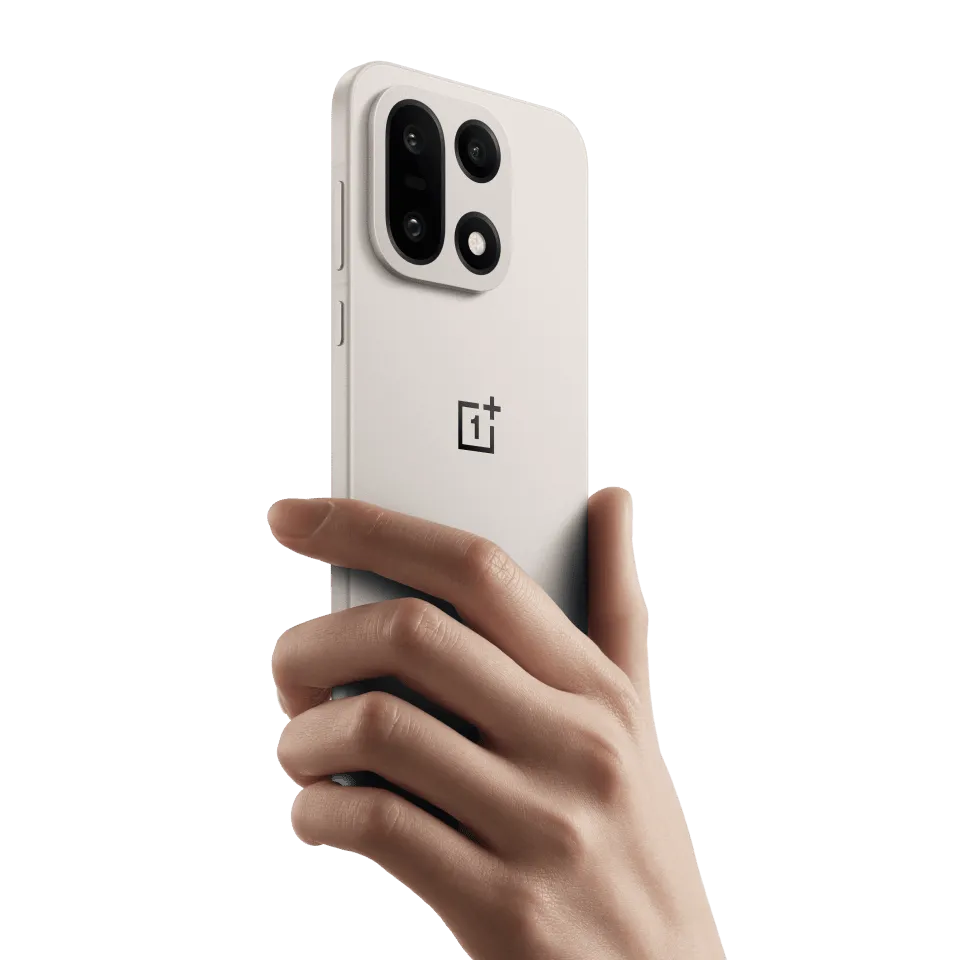
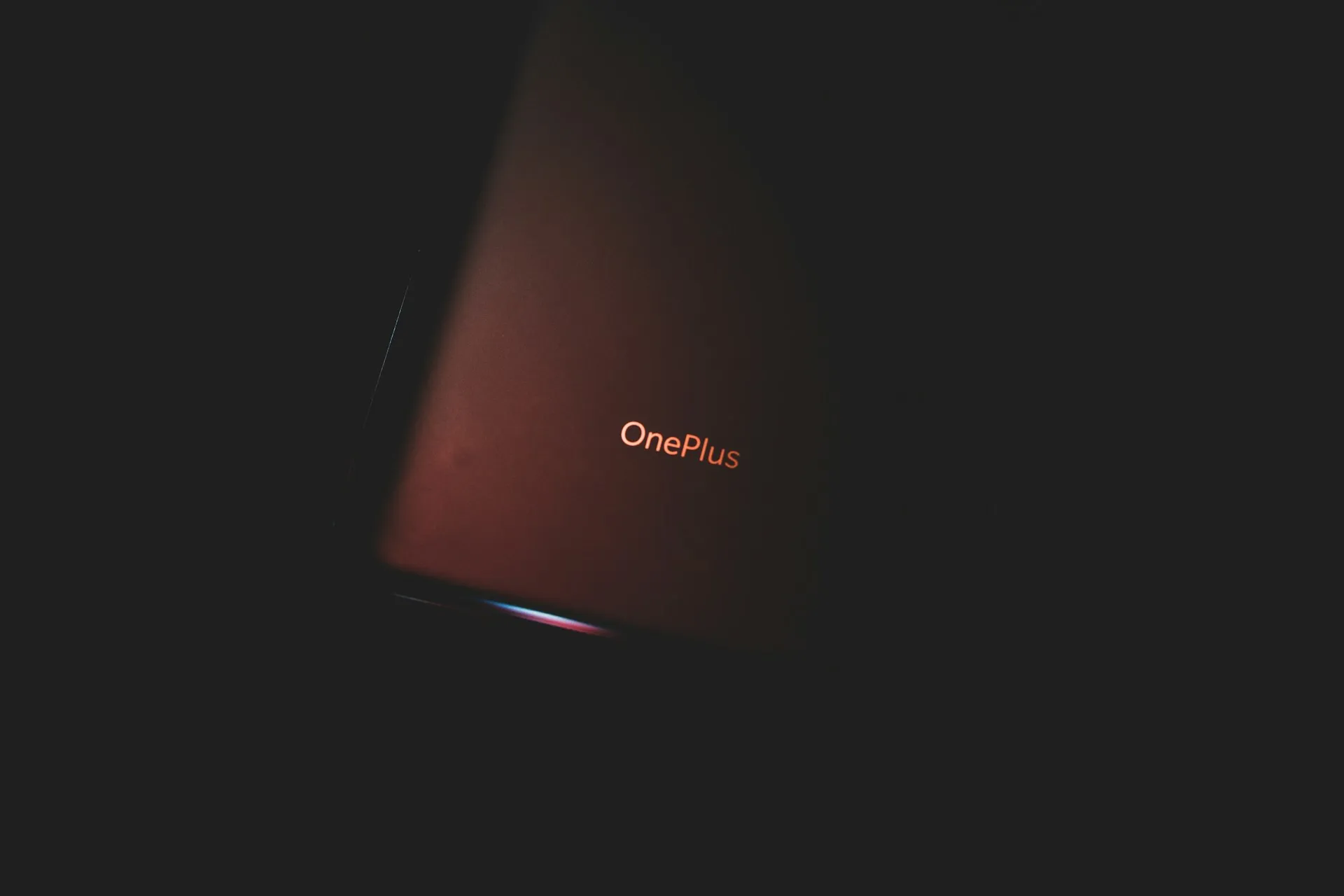

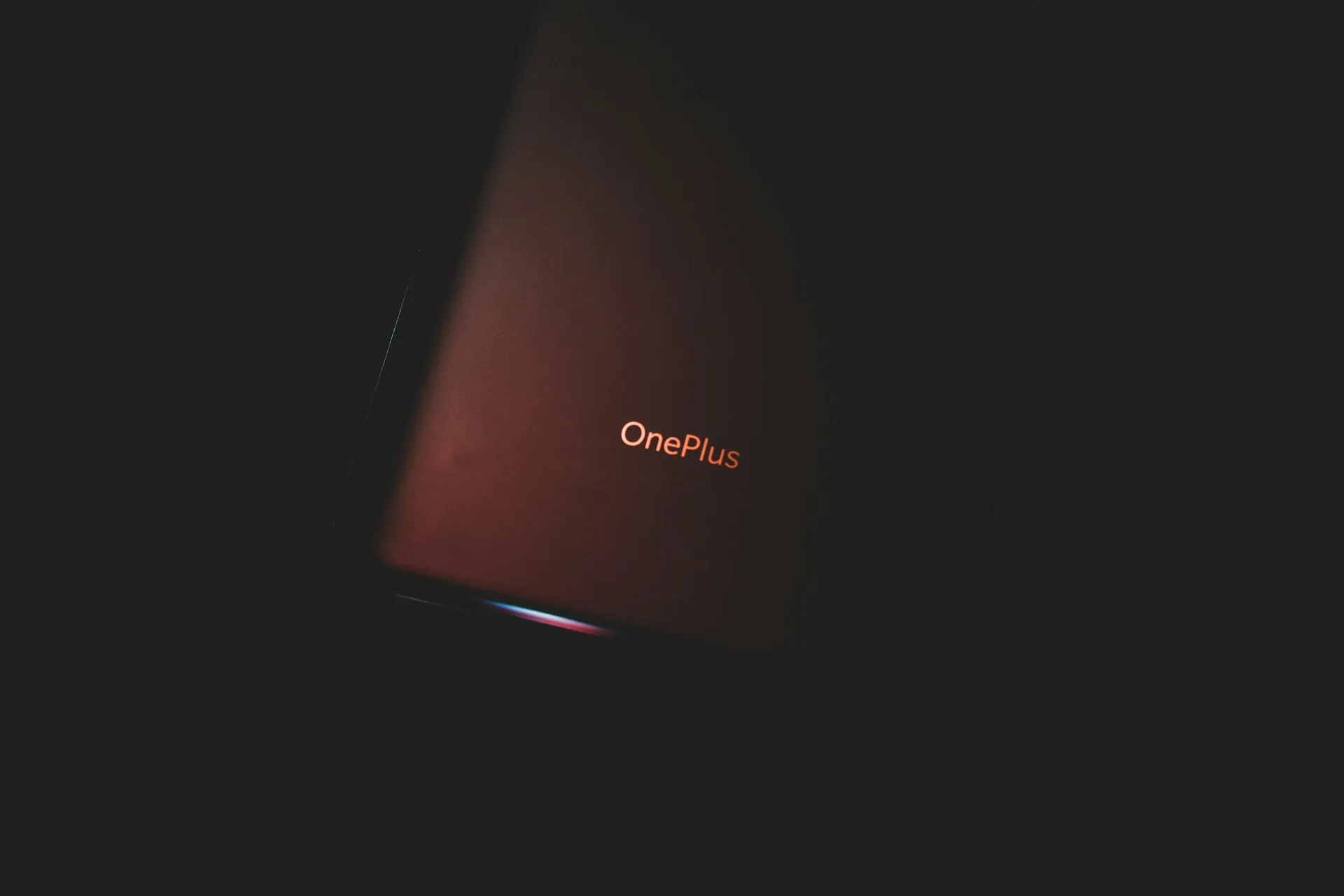


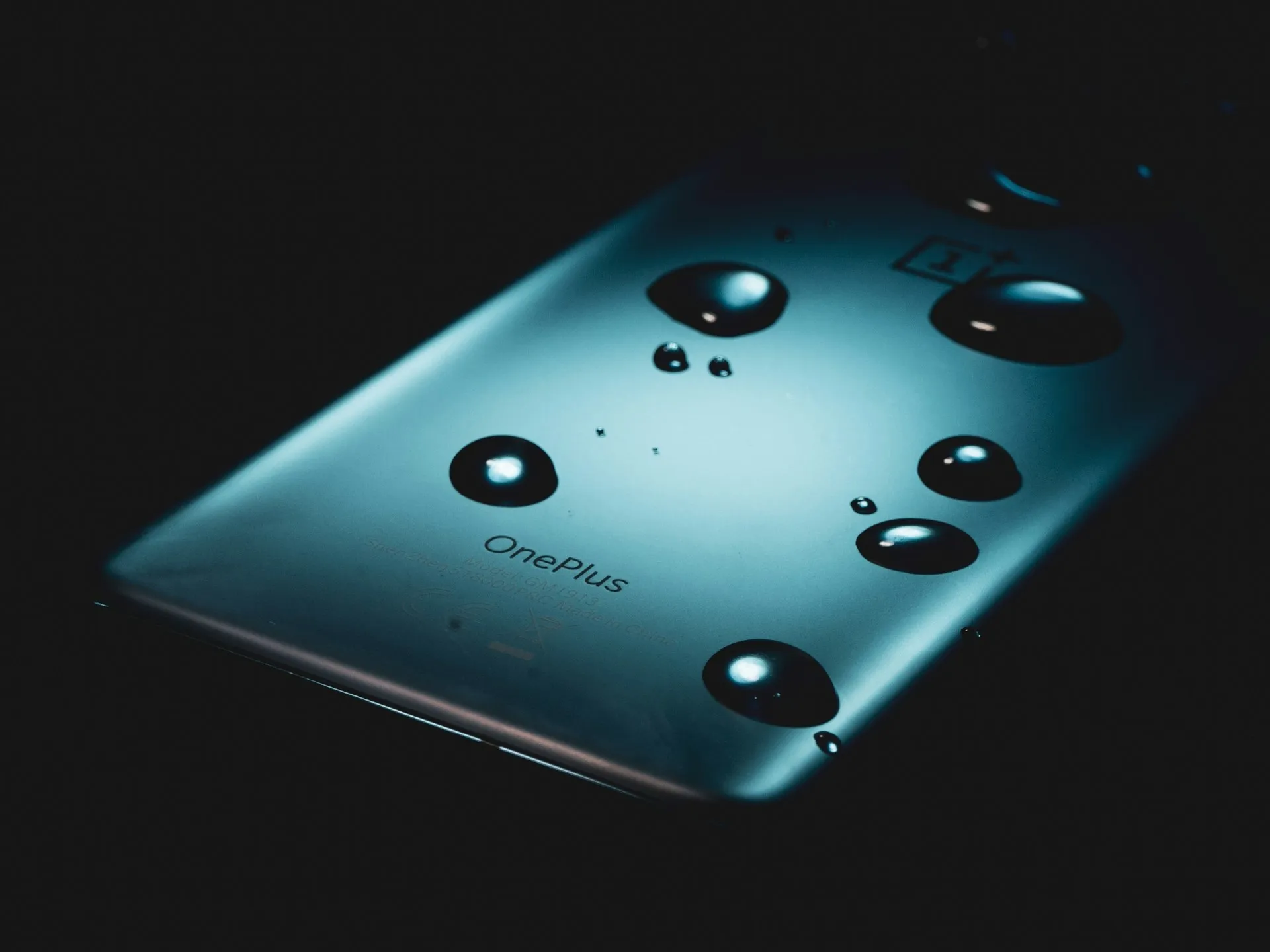

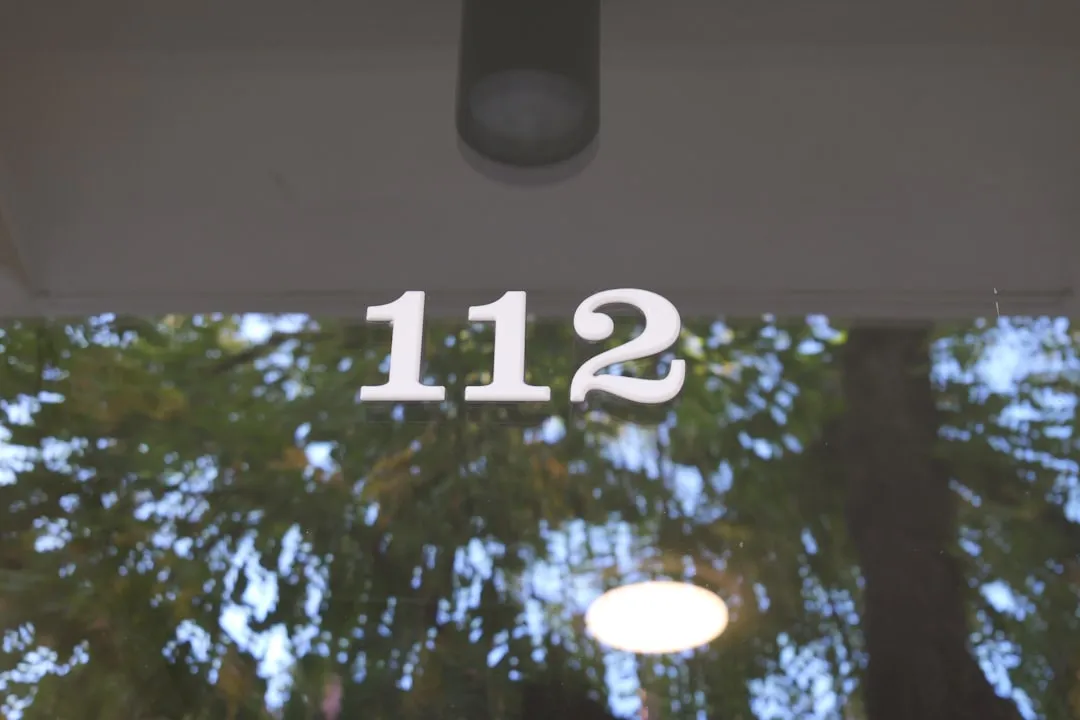

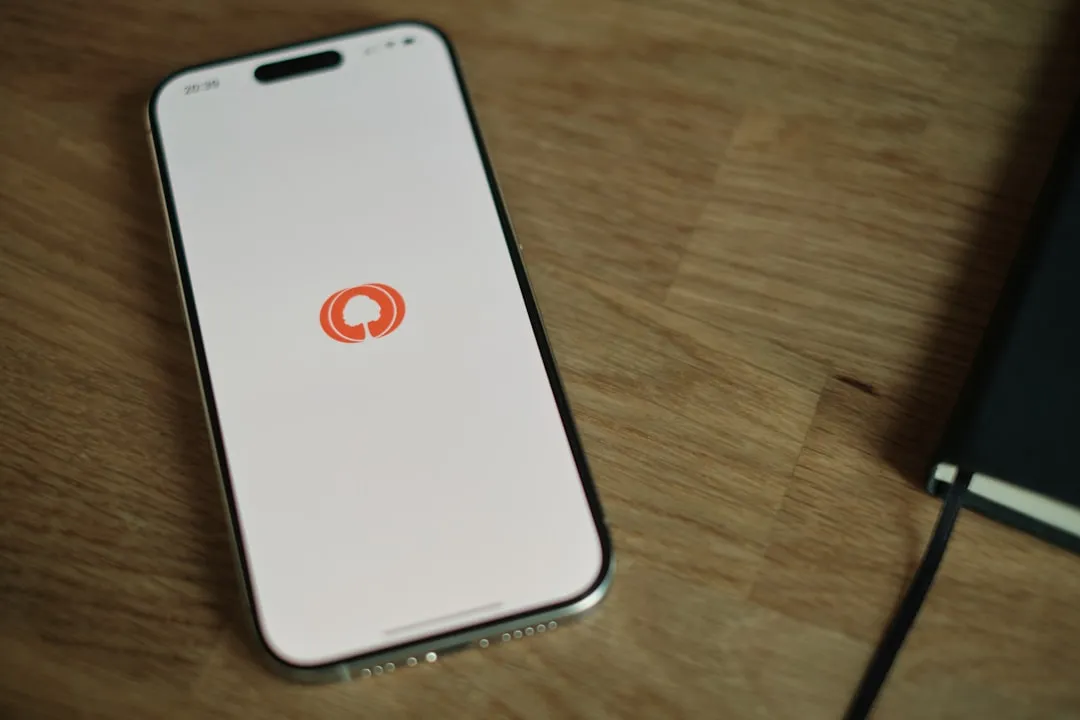
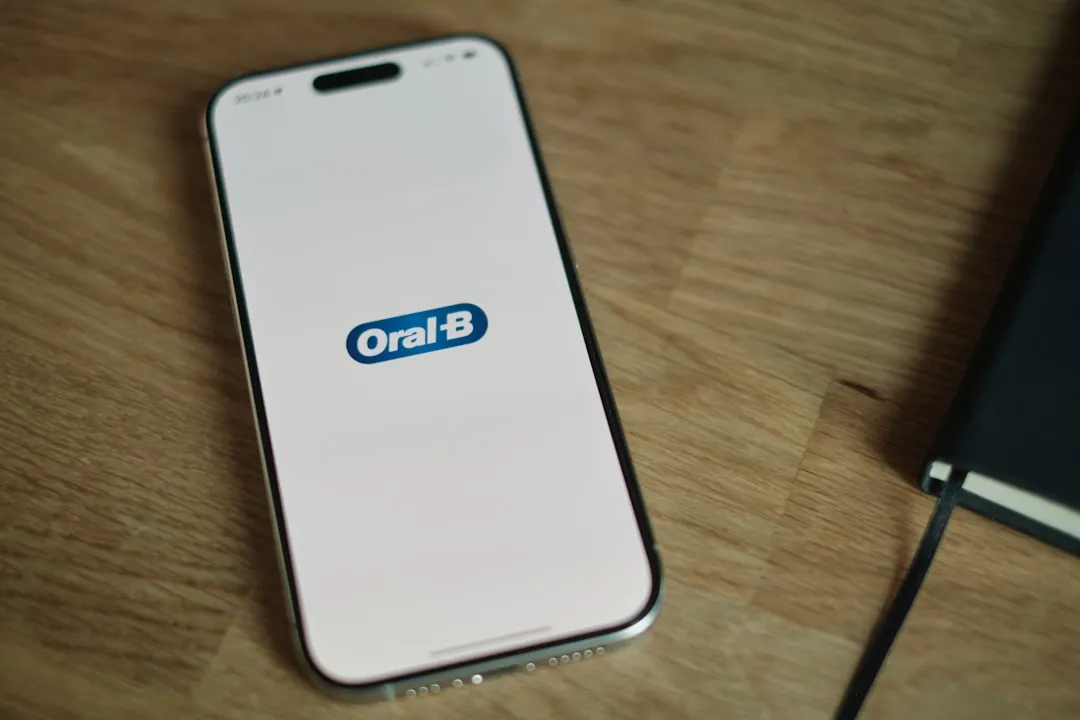
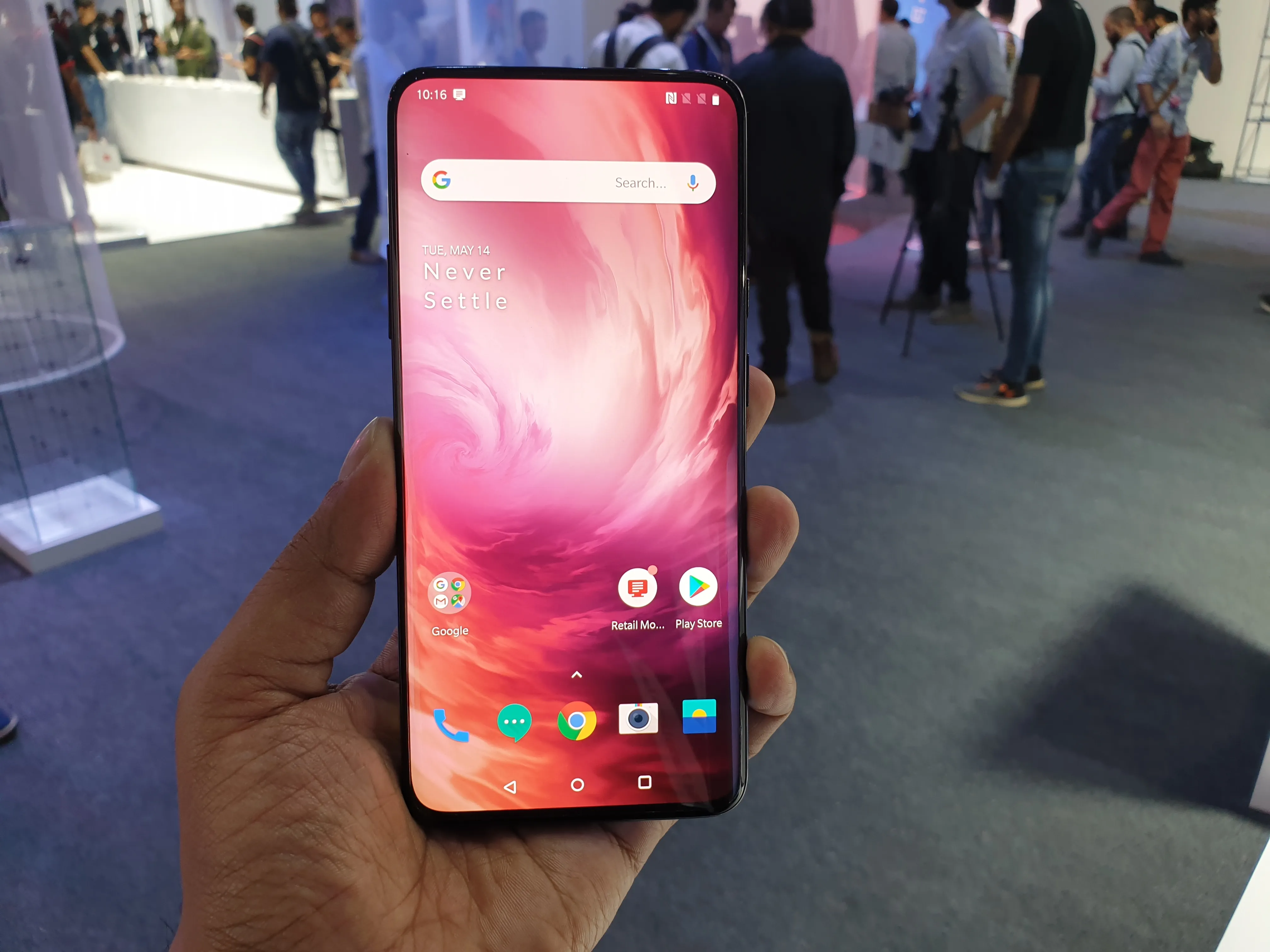
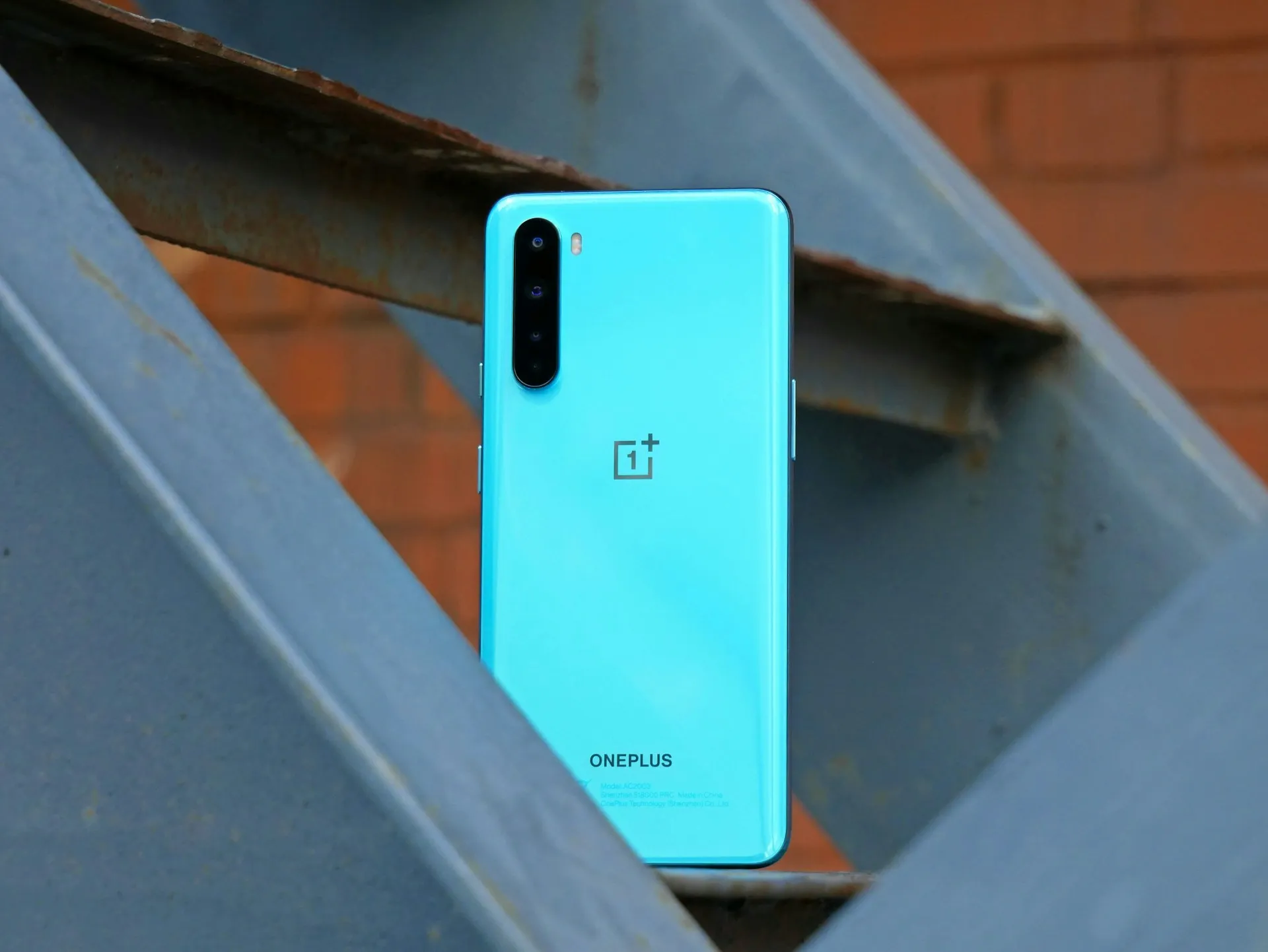
Comments
Be the first, drop a comment!